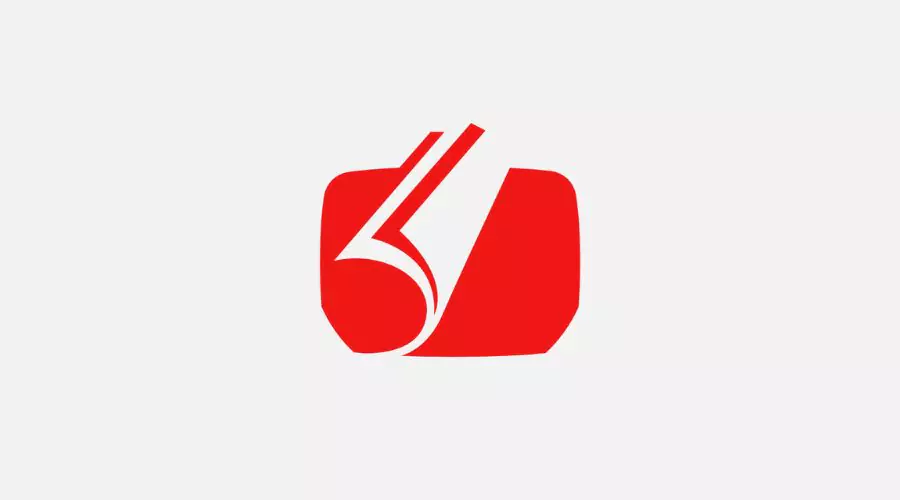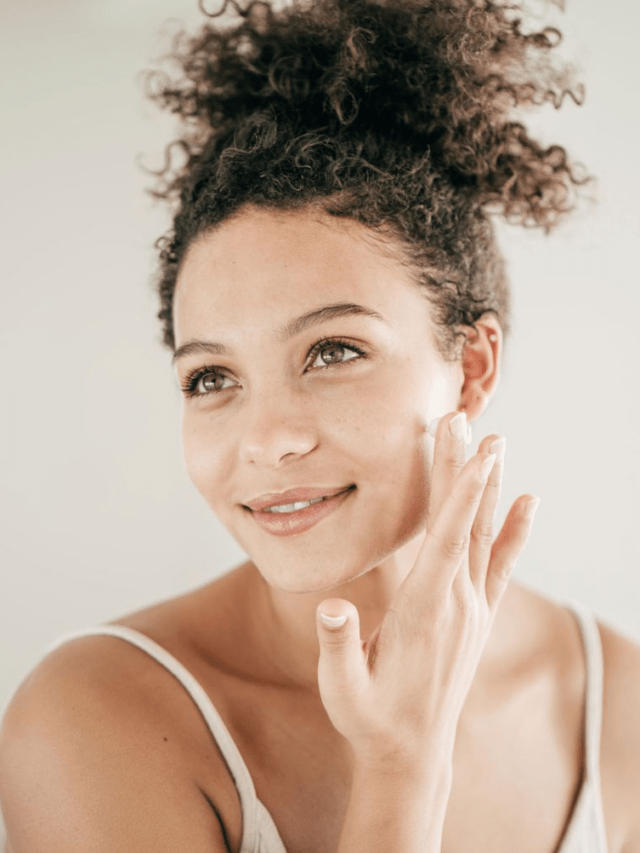In the world of word processing and digital publishing, PostScript is a language used for page layout. It is a syntactic, dynamically-typed programming language. During the Desktop Publishing Revolution, Adobe PostScript was at the fore. The first software program and device-independent Page Describing Language (PDL) were both introduced with its 1984 debut. It was initially intended to provide high-resolution files for imagesetters used by commercial printers, but it was quickly modified to print documents on laser printers.
What is Adobe Postscript?

Ideas are translated into print by Adobe PostScript precisely as intended. It immediately became the preferred method for producing high-quality results. The accuracy of printing even the most complicated manuscripts was guaranteed by PostScript. It delivered greater workflow efficiency and reliability. Businesses all over the world embraced technology quickly. The Adobe PostScript SDK (Software Development Kit) is still supported by a large number of real-time platforms and operating systems today. The Adobe PostScript SDK (Software Development Kit) is still functional today on a variety of real-time platforms and operating systems. Leading Original Equipment Manufacturers (OEMs) have granted licences for it, and since its release, it has powered more than 20 million devices.
Unlike the prevalent raster formats, PostScript allows for the definition of vector graphics, text, colour, and shades as well as images, which contributes significantly to its strength (and today). Because it may be used as an interactive system for controlling them, it can deal with the general class of raster output devices (printers and monitors). A rectangular array of discrete dots, known as pixels, that can be addressed individually make up a printed or displayed image on a raster output device. Text, fonts, arbitrary graphical shapes, and copies of sampled images can all be printed or shown thanks to the ability to set the colours of pixels individually. The Adobe Print Family supplies best-in-class RIP and driver technology to industry expert print OEMs, allowing them to continue providing commercial printing services to Print Service Providers and “Office Printing” Products to micro, midsize, and large enterprises.
Business Printing
Up to the 1990s, the PostScript RIP was a standard part of laser printers. Nowadays, Adobe PDF has supplanted PostScript as the standard for print files and is the format of choice for document collaboration and sharing across platforms and devices. The desktop and multi-functional printers’ next-generation RIP is called Adobe Embedded Print Engine (MFPs). It can natively process PDF files for quick, dependable printing in the office and at home. It is designed to print accurately on low-speed, low-resource devices using mobile and cloud printing without sacrificing print quality or performance.
Commercial Printing
The main image technology for commercial print is Adobe PDF Print Engine. Around 200,000 presses and proofers are powered by it worldwide, enabling processes in every industry sector. The PDF Print Engine uses the same fundamental technologies as Photoshop CC, Illustrator CC, InDesign CC, and Acrobat to render information for accurate printing on any surface in any manufacturing process as designers push the frontiers of creativity with Adobe Creative Cloud.
Features of Adobe Postscript

Printing
Adobe PostScript was a whole programming language in and of itself, going beyond the normal printer control language. A document can be converted into a PostScript programme by a variety of programmes, which, when run, produces the original content. This programme can be submitted to a printer’s interpreter to produce a printed document or to one inside another application to provide an on-screen display of the document. It is referred to as device-independent because the document program remains the same regardless of its destination. PostScript is notable for providing “on-the-fly” rasterisation, which enables unrestricted sizing, rotation, and other transformations. Anything, even text, is expressed in terms of neat lines and cubic Bézier curves (before, found mainly in CAD applications).
Postscript Fonts
The management of typefaces makes PostScript almost as complicated as itself. The Adobe Postscript fonts create glyphs as curves that may be drawn at any resolution using PS graphics primitives. Using this strategy, a variety of typographic challenges have to be taken into account.
Display System
The invention of the graphical user interface (GUI), which allowed designers to lay out pages for future output on laser printers immediately, helped stScript achieve mainstream success. The graphics systems built into the GUI, however, were typically much less complex than PostScript; Apple’s QuickDraw, for example, only supported simple lines and arcs, not the intricate B-splines and cutting-edge area-filling possibilities of PostScript. PC Applications re-implement such functions using the host platform’s native graphics system to fully benefit from PostScript printing. Variations in how these elements were implemented resulted in various instances where the layout on the screen would differ somewhat from the printed output.
Advantages of Adobe PostScript

The only technology that allows you to print any document, including text, graphics, pictures, and colour, in the greatest quality possible from any computing platform to any supported device is Adobe PostScript.
Quality
Every major operating system and colour management system is compatible with Adobe PostScript software, which has been built to accomplish just that. Crisp text and correct lines are produced thanks to the precise positioning of pixels, which is ensured by pixel reduction, a part of the PostScript RIP. The best guarantee that a printing device will produce the greatest results is provided by this. Text, graphics, pictures, line art, and halftones all print accurately and beautifully using Adobe PostScript technology, and the company’s device-independent support of colour models guarantee that colour will be reproduced consistently and accurately on any Adobe PostScript printer.
Performance
Image files have gotten incredibly big as people switch to printing at higher resolutions. New performance specifications have also emerged as a result of electronic document delivery. Adobe continuously enhances PostScript software to improve performance in response to the need to print these new and larger documents. Among the various improvements are special-purpose electrical circuits and built-in compression technologies, which ramp up data processing and transmission.
Simple to share
Adobe PostScript printers are perfect for networks of any size since Adobe PostScript technology is supported on all major platforms. These printers operate seamlessly in any setting since they were created from the ground up to be simple to share. They operate regardless of network settings.
Conclusion
Adobe PostScript software is well adapted to the growing field of electronic document interchange due to its autonomy from resolution capabilities and the devices it prints on. Adobe Acrobat Postscript is adapted from the same technology. Acrobat is a novel communications technology. Adobe PostScript software has revolutionised how humans interact on printed pages ever since Adobe Systems announced the PostScript in 1985. By altering the appearance of our papers and broadening our understanding of what can be printed, Adobe PostScript has earned a reputation for excellence and innovation. For more information, visit Trendingcult.






